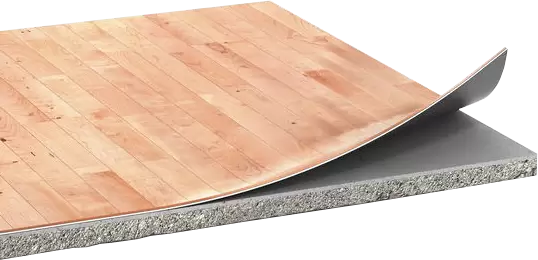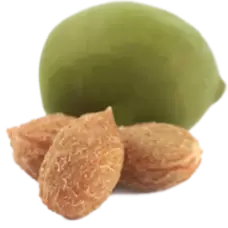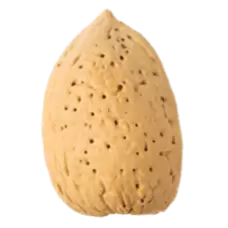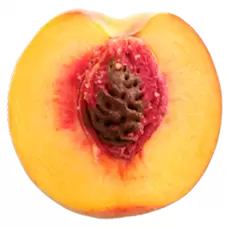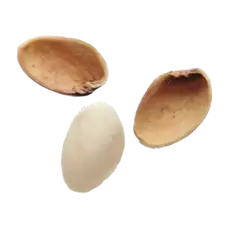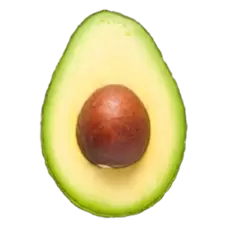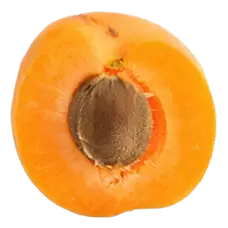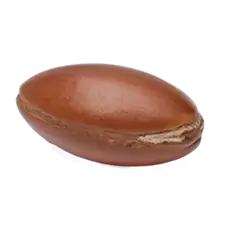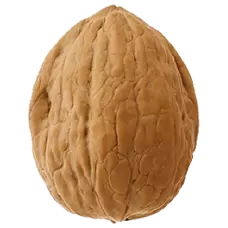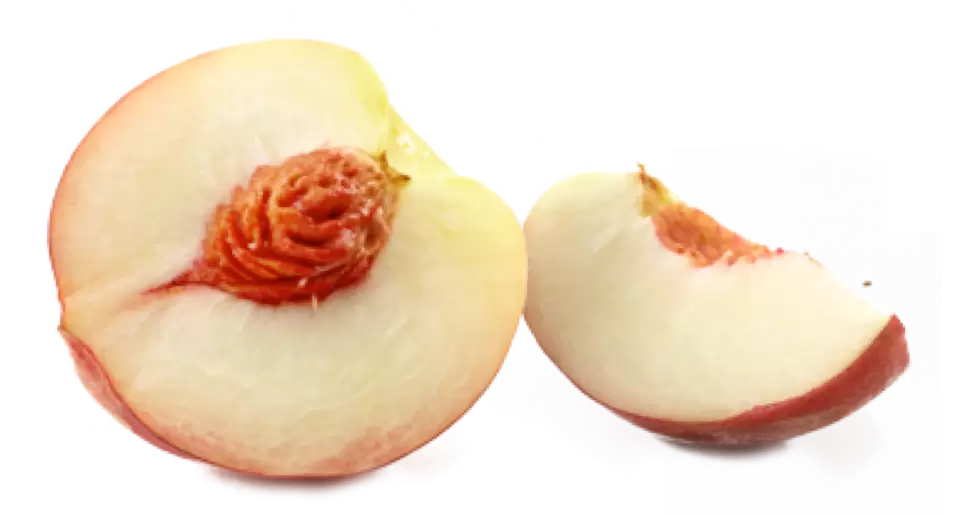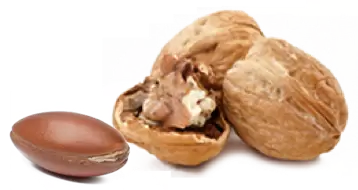Fiber Additives and Composite Fillers
BioPowder.com is a specialist for innovative fiber additives and functional composite fillers originating from the circular economy. We transform olive oil by-products into powders of high quality and with unique characteristics such as excellent stability, homogeneous particle shape and a bright color.
These properties make them highly suitable as natural fillers and reinforcing fibers for composite materials. Composites are materials made of two components that have distinct physical and chemical properties. In combination, the two components ensure enhanced characteristics of the finished compound.
In recent times, there has been a strong trend of making natural composites, i.e. nature-inspired materials with a reduced carbon footprint and better recyclability. Most manufacturers take the approach of replacing synthetic components, e.g. glass or plastics, with natural and renewable materials - above all natural fillers and fiber composite additives. The result are bio-composites (also called natural composites), i.e. new materials with a certain percentage of natural and/or plant-based ingredients.
Our Best Value Proposition: Fiber Additives Made From Upcycled Olive Stones
In recent years, a variety of plant-derived fibre additives have been used in composite manufacturing: wood fibers, starch, flax, hemp, corn cob, bagasse and coconut fibre – just to name a few. Depending on the final application, these materials have their advantages and shortcomings. In addition to not always producing satisfactory mechanical properties, many natural fillers are not necessarily sustainable, in spite of their herbal origin.
At BioPowder.com numerous circular raw materials, i.e. agricultural side-streams, have been tested. In a comparative fashion, sustainability criteria and mechanical performance parameters were analyzed. The bottom line: refined, pulverized olive pits, i.e. olive oil production by-products, demonstrated the best performance, i.e. excellent results due to their physical and chemical particle structure. As a consequence, our fully bio-based and biodegradable line of functional composite fillers was born. Marketed under the brand name Olea FP (Functional Powder), BioPowder.com fiber additives are an optimized solution made from sustainable raw materials. Compared to other plant fibres, these natural fillers and reinforcing fibers offer the following advantages:
- High stability: olive stone powder does not expand in contact with liquids and maintains its shape. Its particles can be customized to any grain size range that will remain stable, even when bearing load.
- Low water and oil absorption: Olea FP composite fillers do not change their shape or texture in oily or watery formulations such as coatings. Therefore, they are easy-to-handle reinforcing fibres that guarantee predictable results.
- Hardness and abrasion resistance: composite additives made from pulverized olive stones have a hardness of 3.5 (Mohs scale). When used as reinforcing fibers in natural composites, BioPowder.com natural fillers can significantly enhance tensile strength, resistance and durability of the finished material. As fiber reinforcement in resin and/or polymer compounds, they improve the end products' abrasion resistance and are therefore suitable for use in numerous performance composites.
- Light weight: with a bulk density of 500-550g/l / specific gravity of 1.1-1.1kg/l, our fiber additives are ideal natural fillers for lightweight composites used in aviation, shipbuilding, automotive and medical applications. In addition, different types of performance coatings (water- and bio-based) can be enhanced accordingly.
- Variety of texture effects: this is made possible through custom sizes of our powdery and granular fiber additives and natural fillers. Fine powders are the solution for plain surfaces while coarse granules can add visible texture and anti-slip effects.
- Environmental and human sustainability: BioPowder.com fiber additives are made exclusively from side-stream products, i.e. upcycled agricultural residues. Hence, we do not process any food/feed items or crops. In other words, no plantations and the associated use of soil and water resources are needed. This is of particular relevance for life-cycle assessments (LCAs) of natural composites: most material developers are conscious about the carbon footprint and/or the CO2 balance of all input materials and are keen on evaluating our reinforcing fibers accordingly. The production of our composite fillers is completely emission-free and only a reasonable amount of electricity is required. The latter can partially be derived from renewable sources of energy such as solar panels or biomass boilers.
Proven Examples of Our Fiber Additives in Biocomposite Applications
BioPowder.com composite fillers offer a number of benefits when used in composites for the following applications:
Natural Fillers and Reinforcing Fibers for Rubber Compounds
Our Olea FP product line of micro-powders can add significant value to rubber compounds for tyres, seals and hoses, shoe soles and similar items. Strength and stability can be improved when adding our fiber additives in varying doses. Besides, the environmental impact of microplastics, generated through the abrasion of rubber items (tyres, soles, etc.), can be significantly reduced when natural composite additives are added. BioPowder.com fibre reinforcement solutions are available in both natural and treated variants. The latter includes coated particles, such as silanized composite fillers, to maximize compatibility with different rubber compounds such as TPU, TPE, EVA and others.
Fiber Additives for PVC Composites and Linoleum
BioPowder.com natural fillers and reinforcing fibers can add strength, stability and abrasion resistance to PVC-based composite systems. Besides, they can enhance the development of ecological linoleum products with superior performance. Similar effects are possible when integrating our micronized composite fillers into molded PVC components for diverse technical applications.
To facilitate your development works, we have recently started to create our own bio-based composite mixes. With the goal of improving existing PVC systems, we launched an ultra-resistant floor coating with hydrophobic properties. Our naturazzO resilient flooring solution contains up to 40% of Olea FP composite fillers and has proven effective for high-load industrial surfaces.
Fiber Additives and Natural Fillers for Engineered Wood and Plastic
BioPowder.com composite additives were designed to enhance construction materials made from engineered wood and reinforced plastic. Especially bio-plastics used in a wide range of end products can be enhanced with Olea FP fibre reinforcement solutions and natural fillers. Besides, performance and environmental sustainability can reach new levels when they are integrated in 3D printing filaments and textile fibers.
Reinforcing Fibers for Sealants and Adhesives
Most sealants and adhesives are polymer formulations applied to bond two different substrates. Traditionally, they have been made from non-recyclable silicones or polyurethane. BioPowder.com natural fillers have been developed to boost the bio-based content of existing sealant formulations while enhancing mechanical properties such as abrasion resistance and strength. Our additives for bio-based composites are suitable for one- and two-component systems and available as natural or hydrophobic grades.
Fiber Additives for Biodegradable Performance Polymers and Packaging Materials
Especially the packaging industry has strongly relied on our functional powders and fibre reinforcement solutions to create a new generation of environmentally friendly plastics. Degradability is also a desired property in many state-of-the-art consumer items and design objects. Nearly any polymer - from agricultural films to packaging foils up to funeral urns - can be upgraded with BioPowder.com fiber additives for performance composites to accelerate degradability / compostability and to add reinforcing elements.
What is your composite project all about? We are pleased to support you in finding the right reinforcing fibres and natural fillers for you composite additives. Please contact us for assistance and trial quantities. We deliver small batches as well as bulk quantities within Europe and worldwide.
Frequently Asked Questions (FAQ): Fiber Additives and Composite Fillers
1. Are composites biodegradable?
The biodegradability of composites depends on the materials used in their construction. While traditional composites, often made with synthetic resins and fiber additives like glass or carbon fibers, are not biodegradable, there is a growing interest in developing biodegradable composites. These eco-friendlier versions typically use natural fiber additives, such as hemp or flax, combined with biodegradable resins derived from plants. The biodegradability of these composites is influenced by the nature of both the resin and the fiber additives. If both components are biodegradable, the composite is likely to be biodegradable too, albeit under specific conditions like industrial composting environments, rather than in home compost settings.
2. What are additives in composite materials?
Apart from the resin or binder, composites commonly contain fiber additives / reinforcing fibers and natural fillers besides coupling agents and other compatibilizers. Depending on the final application of the compound, those composite additives help create a certain texture, aesthetics as well as mechanical properties that meet the user's specifications. Especially in high-tech applications (e.g. automotive, medical, aerospace, etc.), a certain level of stability and abrasion resistance are mandatory requirements that are best ensured by using powerful composite fillers. At BioPowder.com, we can provide fully plant-based and compostable alternatives to synthetic composite fillers such as carbon fiber, glass or quartz.
3. How are bio composites made?
Bio composites can be either bio-based, bio-degradable or compostable. In some cases, all three characteristics are met, in others a bio composite is only industrially recyclable. In general terms, it can be said that bio composites contain a significant percentage of composite fillers / composite additives / reinforcing fibres of natural origin. This is what BioPowder.com has specialized in: fiber additives from purely plant-based resources, all from circular side streams and made in a waste-reducing manufacturing process. They are suitable for most composites in which strength, stability and abrasion resistance are desired properties. Thanks to the hardness and low density of our compostable composite fillers, numerous lightweight composites can be improved - also in terms of their ecological footprint. Especially bio-composite materials for extrusion and injection - usually made with modern compounding technologies - can be successfully enhanced with BioPowder.com fibre reinforcement solutions.
4. What are examples of composite material?
Traditionally, compounding resins (for example polyethylene, polypropylene or polyurethane) have been reinforced with glass or carbon fibre. More recently, a number of bio-based resins such as PLA, PHA or other plant-based polymers have been used and reinforced with natural composite additives like plant-based reinforcing fibres. Essentially, manufacturers have followed the trend of replacing resins of fossil origin with plant-based polymer solutions. There is also a growing demand for compostable composite materials made from starch or cellulose and reinforced with natural fillers.
5. Can composites be 3D printed?
Yes, composites can be 3D printed, and this includes the use of fiber additives. In composite 3D printing, different materials are combined, often with one material acting as the matrix and another providing reinforcement. Fiber composites, especially popular in materials engineering, allow for reinforcement in specific directions. The most commonly used fiber additives in 3D printing are carbon fiber and glass fiber, known for their high strength-to-weight ratios. This technology enables the creation of lightweight yet strong parts, ideal for applications in industries like aerospace. BioPowder.com has developed powdery natural fillers made from upcycled olive stones. They integrate smoothly with the 3D printing filament matrix and add stability, texture and abrasion resistance to the resulting natural composites.
6. What are the 4 types of composites?
Composite materials can be classified by different aspects, above all based on their composition and/or underlying base material. To go by the traditionally used 4 categories, there are polymer matrix composites (PMCs), metal matrix composites (MMCs), ceramic matrix composites (CMCs) and wood composites. Due to the numerous recent developments, especially in the field of bio-based composites with fiber additives, those categories can be expanded. Countless materials can be part of more than one category; not to mention the field of cementitious natural composites such as reinforced concrete. Moreover, many composite additives are nowadays of natural origin and very multifunctional.
7. What is the difference between filler and composite?
Filler materials and composites possess distinct characteristics that differentiate them in various applications. Primarily, a filler is a substance that increases the volume and viscosity of product, but does not significantly change its properties. It could be in the form of powders, granules, or fibers that are added to plastics, rubber, adhesives, paint, concrete, and other materials to improve specific properties. Common types of fillers include calcium carbonate, kaolin clay, and silica.
On the other hand, a composite encompasses two or more constituents, each with different physical or chemical properties, merged into a single material. A classic example is fibre-reinforced plastics, in which fibres (the reinforcement) are added to a plastic matrix (host material) to significantly improve its strength and durability. These fibres are often referred to as fibre additives.
Whilst fibre additives could be classified as a type of filler, the key distinction is their impact on the overall properties of the host material. Standard fillers usually maintain or slightly alter certain properties, whereas fibre additives within a composite drastically enhance the material's characteristics, delivering superior performance in its intended application.
8. What is the difference between additives and fillers?
In the manufacturing industry, additives and fillers have distinct roles, often contributing to the development and improvement of different products. Notably, the key difference between them lies in their respective roles and effects on the end product.
Additives include elements that enhance or modify specific attributes of a product. Fiber additives, for instance, are often incorporated to improve the mechanical properties of the product. They can improve its strength, flexibility, or durability. Their addition to a product provides an increased performance capacity and potentially enables a wider scope of applications.
Fillers, alternatively, are typically used in a product's composition to reduce production costs. They are usually cheaper materials that literally 'fill' the product, thereby decreasing the amount of the more expensive primary material needed. However, it's important to note that while they are cost-effective, they do not generally enhance the product's performance. In some cases, they may even degrade certain properties of the product, if used excessively.
In summary, while both additives and fillers contribute to the product's physical composition, the primary distinction lies in their function. Fiber additives are employed to elevate performance characteristics, while fillers are mostly used to decrease production costs without necessarily improving product performance.
9. What are your target markets for fiber additives and composite fillers?
As a specialist manufacturer, we cater to industrial customers, preferably with a strong focus on research and development in the field of natural composites. Our goal is to partner with innovative B2B players wishing to make a difference in terms of technical and environmental performance. Therefore, we provide our fibre reinforcement solutions in small, medium and large batches. We work globally and offer integrated logistics solutions to ship our composite additives worldwide.
If you have something else in mind, we can help you select the natural ingredients that integrate best with your formulation.

